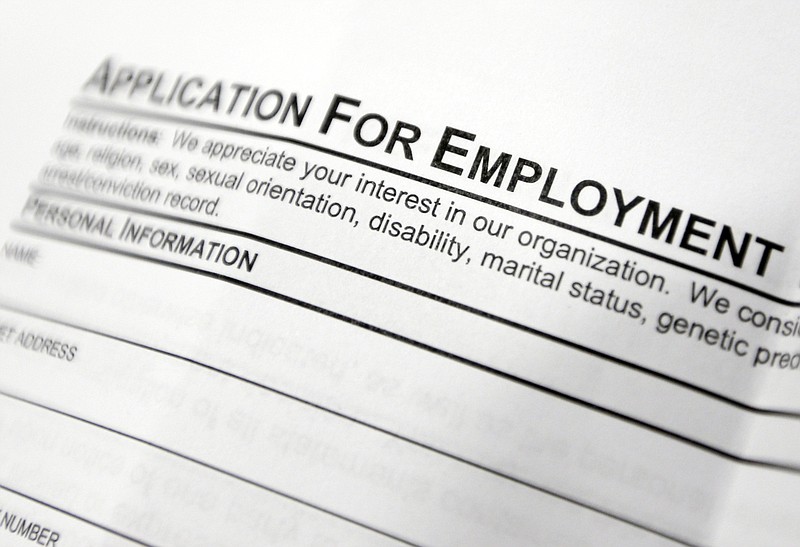Unemployment fell two-tenths of a percentage point last month to 5.1 percent in both Tennessee and Georgia, according to job figures released today.
Although both states boasted faster job growth than the nation as a whole, the jobless rate in Tennessee and Georgia remained above the U.S. rate of 4.6 percent. State officials said an influx of workers in both states is keeping unemployment higher than the national average.

In Tennessee, the March jobless rate this year was a half percent higher than a year ago even though the Volunteer State added 65,000 jobs over the past 12 months. The workforce in Tennessee grew by 72,900 in the past 12 months.
"This report shows Tennesseans are finding work in a growing workforce," Tennessee Labor Commissioner Burns Phillips said. "When the labor force grows quicker than residents can find work, unemployment rates take a hit and that's exactly what we've seen over the past 12 months."
From February to March in Tennessee, the total nonfarm employment increased by 8,600 jobs.
"We're bringing a great number of job opportunities to the state, helping us achieve our main objective of putting the people of Tennessee to work," Phillips said.
In Georgia, unemployment also remained higher than the national rate in March. But last month's jobless rate in Georgia was the lowest since December 2007, the beginning of the Great Recession. In March 2016, the unemployment rate in Georgia was 5.5 percent.
"The rate dropped as we saw more than 19,000 people become employed and Georgia employers continued to create jobs (in March)," Georgia Labor Commissioner Mark Butler said. "While the monthly job growth was stronger than our three-year average for March, our over-the-year job growth of 131,000 is the best for this period since 2000."
